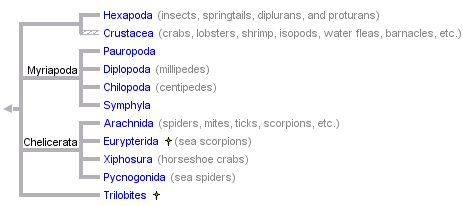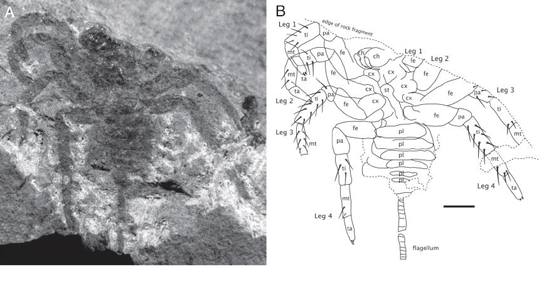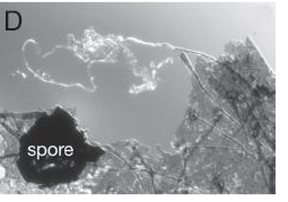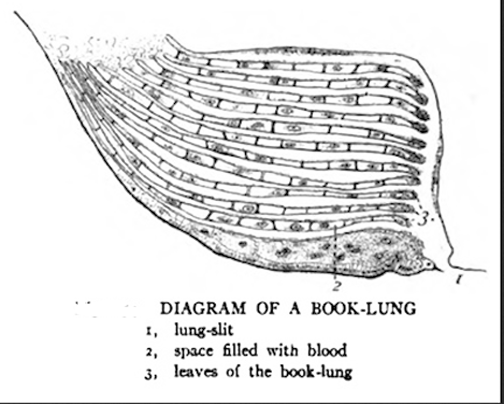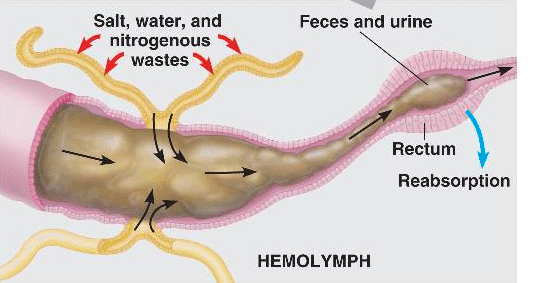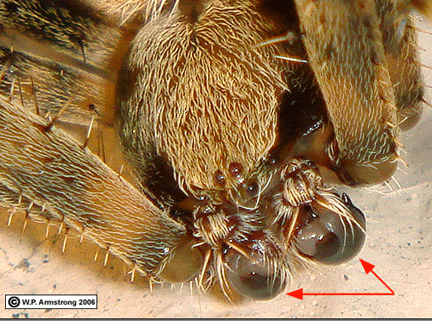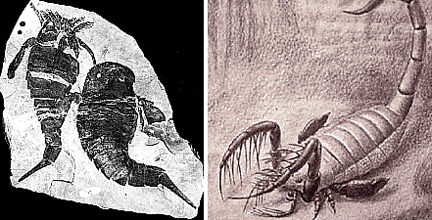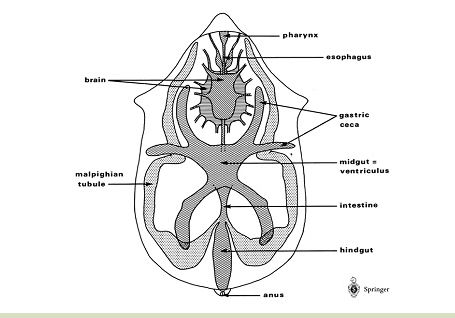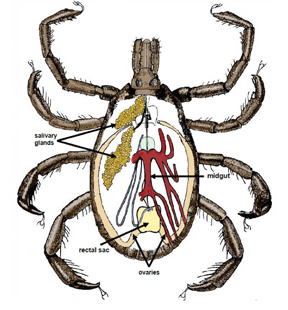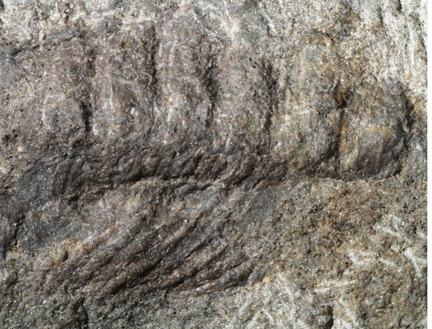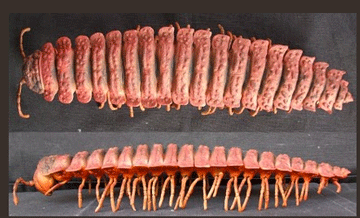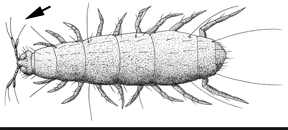Arachnida
Defining characteristics?
Additional notes:
Fossil history: The oldest known arachnid is the Palaeotarbus jerami, from about 420 million years ago in the Silurian period, and had a triangular Cephalothorax and segmented abdomen, as well as eight legs and a pair of pedipalps. Attercopus fimbriunguis from 386 million years ago in the Devonian period, bears the earliest known silk-producing spigots, and was therefore hailed as a spider. However these spigots may have been mounted on the underside of the abdomen rather than on spinnerets, which are modified appendages and whose mobility is important in the building of webs. Hence Attercopus and the similar arachnid Permarachne may not have been true spiders, and probably used silk for lining nests or producing egg-cases rather than for building webs.
Attercopus fossils
Due to the fact that spiders' bodies are quite soft, the vast majority of fossil spiders have been found preserved in amber. The oldest known amber that contains fossil arthropods dates from130 million years ago in the Early Cretaceous period. In addition to preserving spiders' anatomy in very fine detail, pieces of amber show spiders mating, killing prey, producing silk and possibly caring for their young. In a few cases amber has preserved spiders' egg sacs and webs, occasionally with prey attached.
Very diverse group containing the following common name divisions.
True Spiders (old order Araneae)
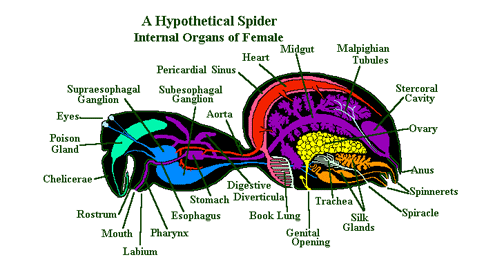
Most spiders breathe through organs known as book lungs. Book lungs consist of an atrium or space into which numerous layers of membrane bound tissue extend. Hemolymph flows through these thin layers of tissue and gaseous exchange occurs across the membrane. The overall effect is of a series of sheets of tissue with air spaces between each sheet. This arrangement means that there is a large surface area here, up to 70 sq. cms. in large tarantulas, across which gaseous exchange can occur.
In the primitive spiders, there are two pairs of book lungs, however in more modern spiders one of these pairs has become modified into a pair of tubular tracheae which branch out throughout the whole body. In a few families the second pair of book lungs has also been modified or lost. Scientists agree that the book lung system is older system and that tracheae developed later.
Spiders may use malphigian tubules or coxal glands for excretion.
Spiders are notorious for their venom. The Black Widow Spider is responsible for occasional deaths, and the bite of a Brown Recluse can cause an ulcerating wound that refuses to heal. Most spiders however, are harmless to humans.
http://www.brownreclusespider.org/brown-recluse-spider-identification.htm
Spiders can produce silk by secretions of an abdominal gland, and many spiders use this sticky material to construct a web.
The glands on the Madagascar spider's (Nephila madagascariensis) right side. There are glands on the left side as well. Silk glands 1 and 2 produce the dry silk the spider holds on to when walking on its web, or when climbing up and down. The viscid silk is produced in another gland (3). This basic silk is coated by the adhesive (sticky) glands (4 and 5). The 6th gland produces the adhesive necessary for sticking the silk to another surface. The 7th gland produces the raw material for a special thin silk used to wrap the prey up after it is caught. The 8th gland produces the silk for the cocoon. 9, 10, and 11 show the back, central, and front spinnerets (silk nozzles).
http://en.wikipedia.org/wiki/BioSteel
Spiders perform an elaborate courtship ritual. In web spiders, the male is much smaller than the female and must approach cautiously to avoid becoming prey. If successful, he mounts the female and uses his pedipalps to deposit sperm into her sperm receptacles. Most female spiders guard their eggs and some in species hatchlings are carried on the back.
Close-up view of the "face" of a male orb weaver spider showing multiple eyes and two pedipalps (red arrows). The male deposits a drop of sperm on a special web, then sucks it into the pedipalps. In mating, the sperm is transferred by inserting a pedipalp into an opening on the underside of the female's abdomen.
